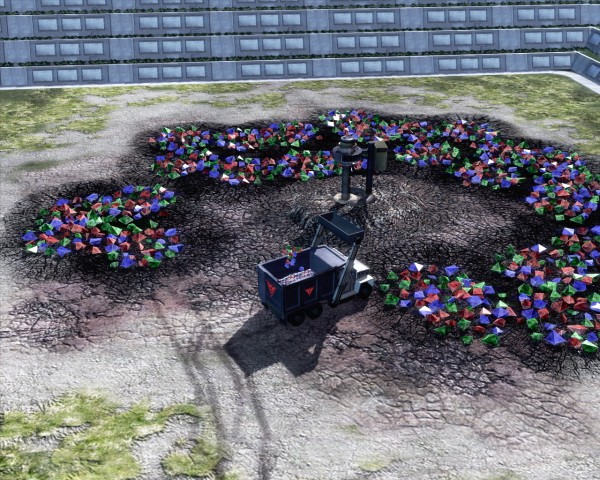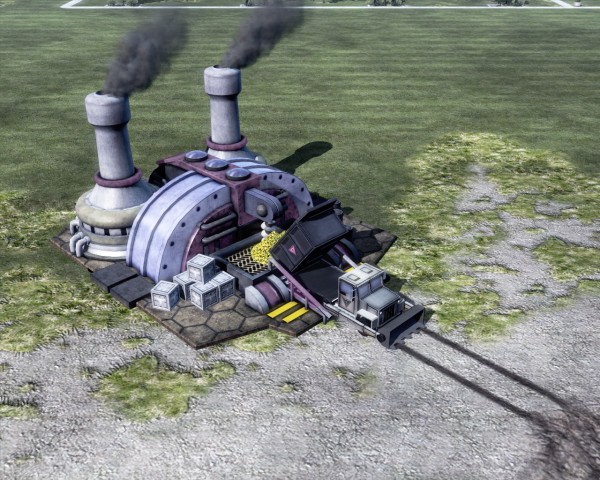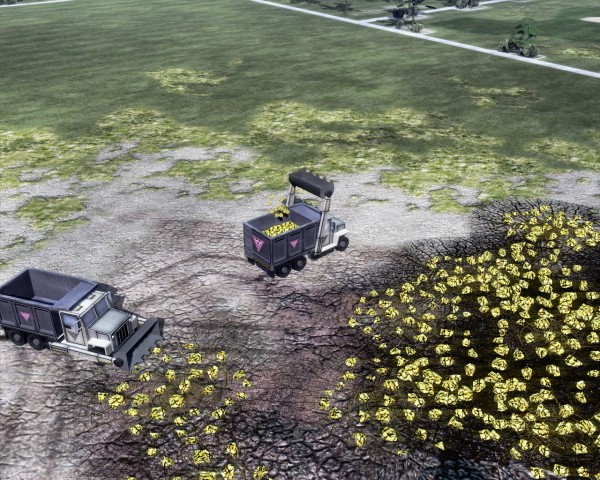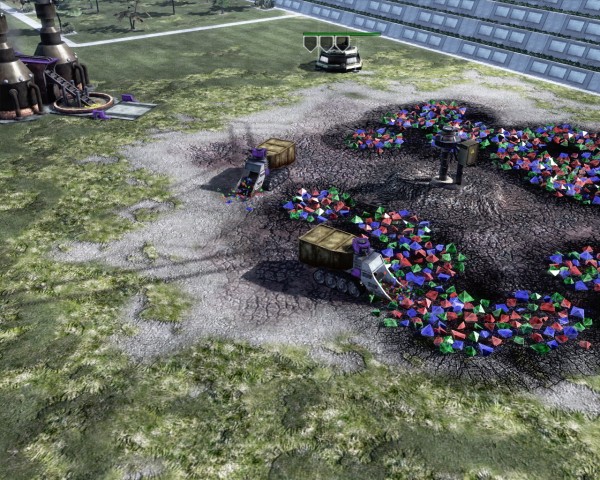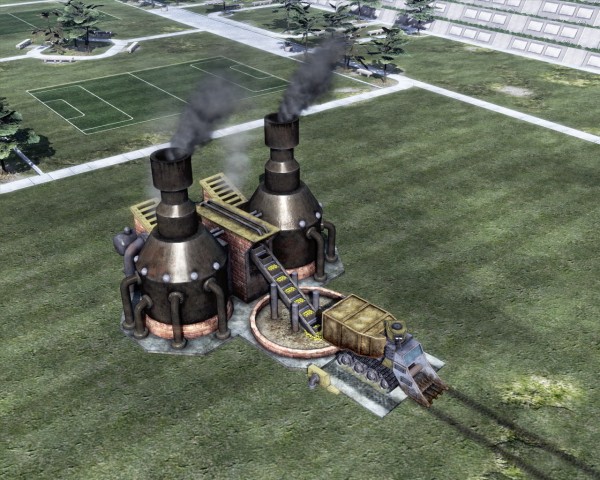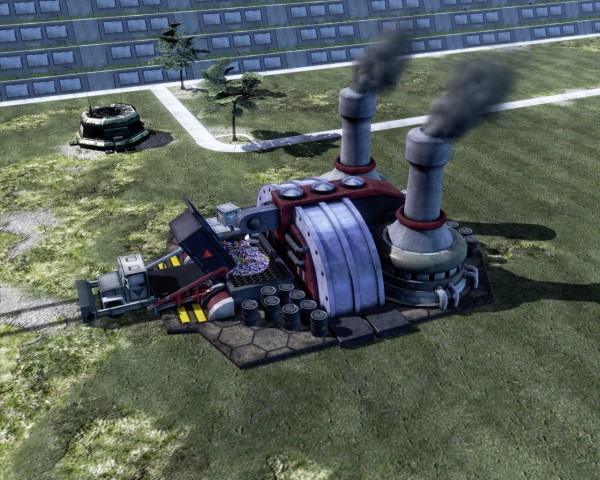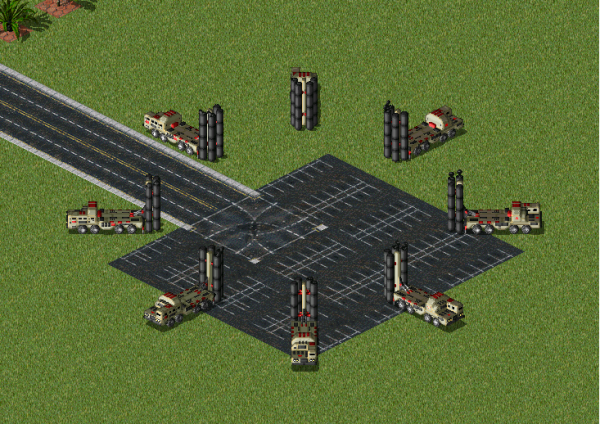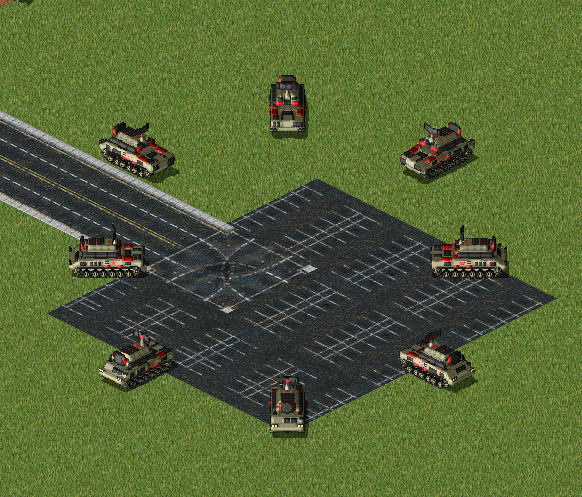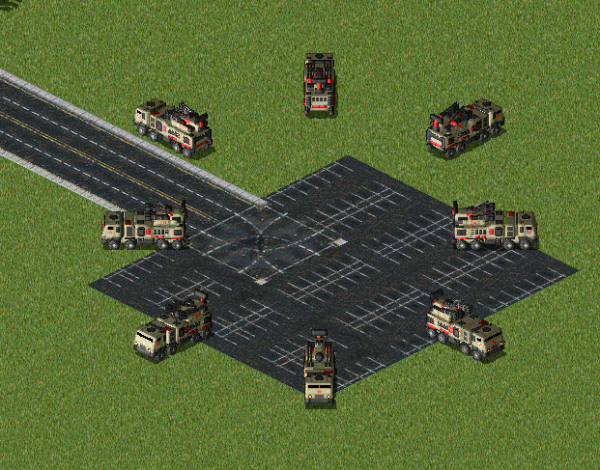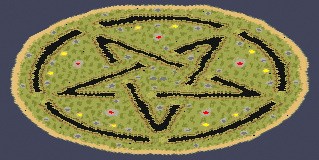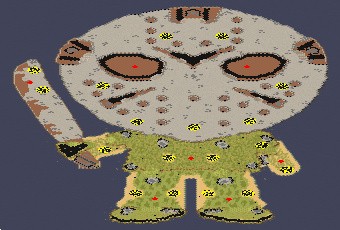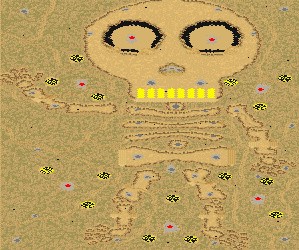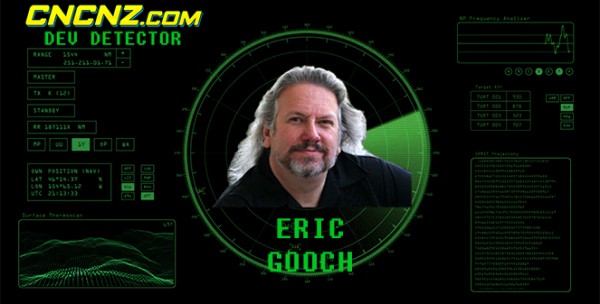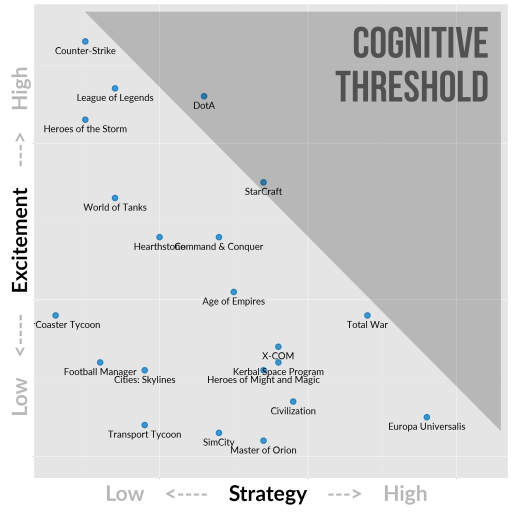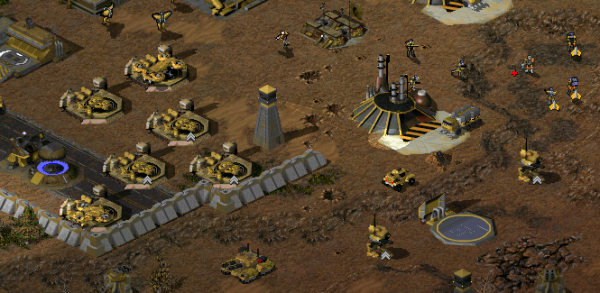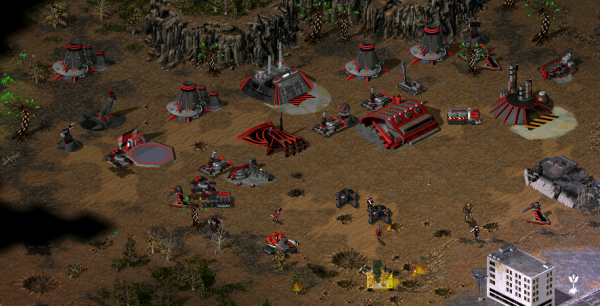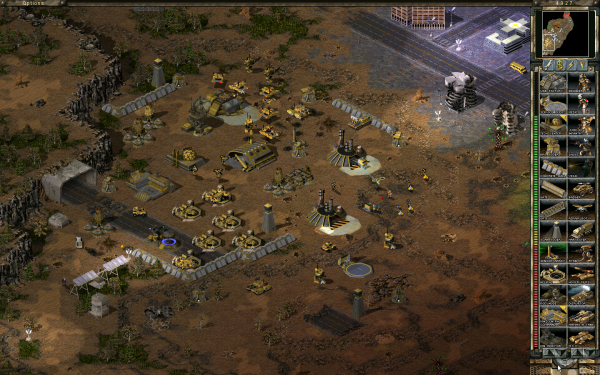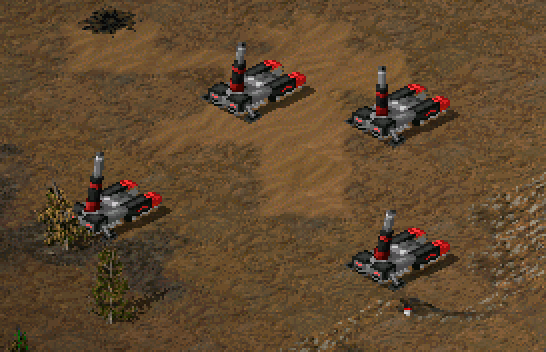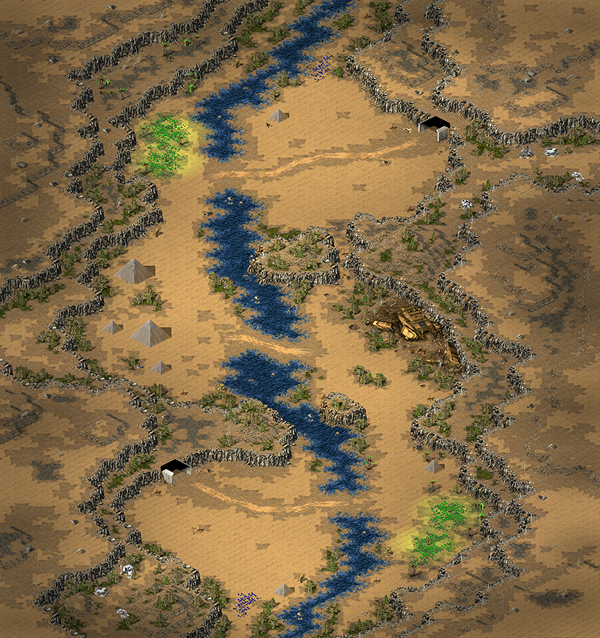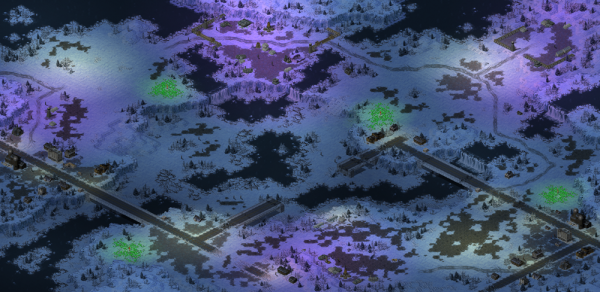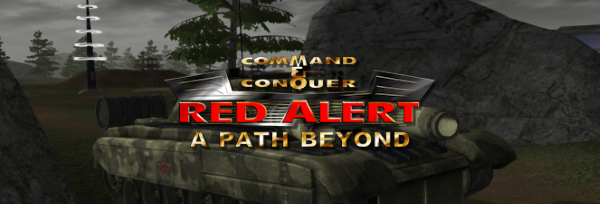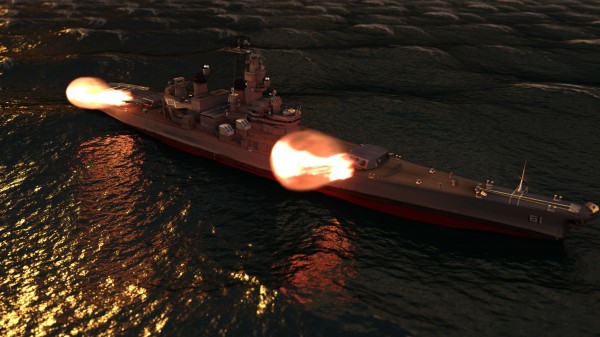Hello everyone! In the event EA Play at E3, back in june, there was the announcement of the return of the Command & Conquer franchise with the revelation of Command & Conquer: Rivals. It was sold as the future of the Command & Conquer franchise at the time and it was a mobile game that did not deliver the gameplay experience that we are used to deal with the traditional PC real time strategy genre. Due to this approach, it had a terrible reception from most of the hardcore Command & Conquer fans. This week EA has recently announcement a fix for this situation and acknowledged that fans want their C&C experience back with a remaster, which we don't know if it is a remaster or a remake, although the remaster term was used in the announcement. In order to be a remaster, it must be based on Generals or a newer game, since the source code from games that were made before Renegade were lost. Considering that they've jumped to OpenRA and CnCNet communities for help, it will be either a Tiberian Dawn or Red Alert 1 remake (and not a remaster).
Anyway, back to the original subject. Some time after that EA Play event, I had the opportunity to talk to one of the EA developers from Rivals team with a group of C&C community members. I won't reveal his name here (and I hope you respect it for now), unless he request me to reveal it. Probably with the purpose of selling Rivals to us, he was saying that RTS genre is a niche nowadays and that the profit from most of the top RTS games in the market were much lower than the other games. Their idea was to seek popularity for the Command & Conquer franchise from other markets (mobile) and that the simplified gameplay was to make it more intuitive for the newcomers. From what I understood, although this did not seem to be explicitly mentioned, he seemed to think that one of the reasons that RTS games like Command & Conquer did not attract many players compared to MOBAs, FPSs and other genres is that it is complex to play (not intuitive nor accessible) and that real time is a huge burden on cognitive load. It means that people might need to do many delicate decisions with not enough time to properly think about their consequences and they can be heavily penalized on that. This may lead into some stress. If it stress the players too much, it is not fun anymore. I guess that is one of the reasons why many people prefer playing against predictable AI players than playing against other humans, since that it might be more stressful. In order to elaborate his idea, he has pointed out
an article written by Nick Yee on Quantic Foundry.
Despite the dark scenario that he mentioned, his dream was to work on PC tradtitional RTS Command & Conquer games and that his hope was to see a strong RTS game release in the market that would motivate publishers to turn their attention and money back into this genre.
Balancing boredom, fun and frustration
The success of games and their genres are certainly connected to their fun factor. Keeping it into simple words would be "how to avoid it from being boring or frustrating to the player". There is a whole science behind it and you can start
here if you want more details. But the whole idea is simple and applies to several concepts. One of them is the difficulty of the game: if the game is too easy for the player's skills, it gets boring, tedious. If it is too hard, the player may get frustrated. On both cases, it may lead the player to give up playing the game and that's game over. If it is not boring or frustrating, then it is fun. It is worth to point out that other situations may generate stress, which may lead to frustration as well. So, when designing a game, you should try to apply this idea also to:
- Pace of game/player's actions (no action = boredom; too much action = stress)
- Cost of game/player's actions (no cost = game too easy, boredom; high cost = play everything again... time wasted, frustration)
- Pace of rewards and progression (very fast progress = boredom, nothing else to do in the game; no progress = frustration, waste of time doing the same thing over and over again)
- Bonus of rewards and progression (high bonus = boredom, overpowered abilities makes the game too easy; no bonus = frustration, waste of time)
- Predictability (none = boredom, easy game; very high = frustration, game is unplayable... too hard).
- Pace of Learning (too slow = frustration, game is too hard)
- Cost of learning (very high = frustration, game is too hard)
The
article that the EA employee pointed out tries to illustrate this point. The author has received feedback from over 140 thousands of players on how much strategic and exciting is a game, following his own definition of that. Don't take the results he obtained into heart, since the meaning of excitement and strategy varies for each people, as well as the way to measure it. Furthermore it is not clear how serious they've taken that poll into consideration, nor the specific game and features taken in mind when providing this feedback. Command & Conquer was included there with many other well known franchises. He identifies a region that he calls Cognitive Threshold where the complexity of the game doesn't allow it to be fun anymore and successfully commercially. The picture below illustrates the feedback they've got:
![]() Cognitive Load on Command & Conquer games
Cognitive Load on Command & Conquer games
It's not hard to figure out that games like Command & Conquer can be quite intensive in terms of cognitive load. In terms of macromanagement, you are responsible for the whole army, how it develops economically, its growth, its tactics, etc. In the micromanagement side of things, you are responsible for the moves of each unit, organization of unit groups and their formations, and even sometimes even you need to play specific units just as a third person shooter game paying a special attention to its own abilities. If that isn't enough, the current controls requires a considerably high precision and speed on both mouse and keyboards. And we also need to take in mind the complexity of doing all that, learning the rules, learning the units, buildings and their abilities. All in real time.
In general terms of boredom/fun/frustration, micromanagement is more frustrating than macromanagement, because the rewards achieved with micromanagement actions is close to none while macromanagement are much more of a game changer, having stronger effects in the battle. Not to mention that micromanagement usually demands more efforts from the player, they are also more repetitive and predictable on some cases.
It is really in the nature of real time strategy games to be tough in terms of cognition load, however, there are ways to tone it down without dumbing down the game if a proper user interface is used. And this is why I've tried to emphasize it in the
last CNCNZ roundtable discussion.
How user interface (UI) can reduce Cognitive Load in Command & Conquer
There are several initiatives that can be done to reduce the cognitive load of these games by empathizing macromanagement over micromanagement or rescheduling the time to take certain decisions by redistributing them, reducing the stress to the player. Also, reducing the required precision and effort to issue orders/commands. And many of them may take into account a better user interface:
-
Use attack-move as the default move order. If you need to move without attacking the enemies, use something like Ctrl + click: It's clear that most of the times that you'll send a group of units to some place, you'll want them to attack anything in their way as long as it doesn't divert them from their path. Unless your units are harvesters, MCVs and engineers. Those demand special treatment by simply moving and ignoring everything around them. This should reduce micromanagement considerably when attacking enemies.
-
Let groups be as accessible in the user interface as superweapons or special powers: Display them in the left side to make the group selection task easier. Let units or buildings to be added by drag and dropping them into the groups and orders to be issued in the same way. This reduce efforts to manage groups and requirements for precision and efforts.
-
Allow the addition of factories into groups, so each unit made on that factory automatically joins the group that the factory belongs to. This should help the moments that you want to reinforce your attacking force with little to no effort. It's another attitude to reduce micromanagement.
-
Automatic addition of created units/buildings into groups. Most units would be added to a defense group if their factories doesn't belong to another group, but some others like harvesters, MCVs, engineers requires a special treatment, probably deserving their own group.
-
Addition of units from specific factories to specific groups. I.e.: imagine that you have a barracks and you want to add light infantry to a scout group while adding other infantry types should join the defense group. So, drag the drop the light infantry icon from that factory to the group that is set to scout.
-
Allow the use of pre-fabricated scripts to determine the standard behavior of group, i.e. you can set a certain group to have a certain behavior… like setting group 1 to act defensively prioritizing units that are more dangerous to buildings or having a group 2 that destroys enemy buildings with artillery while other units protect these artillery, etc.
-
Allow any construction/unit to be queued. Unit queues that showed up since Tiberian Sun are a great mechanism to reduce unnecessary micromanagement to build them everytime you noticed that the previous unit was constructed. This is one of the improvements related to rescheduling the time to take decisions. However, future Command & Conquer games could also allow buildings to be queued as well in advance, regardless of how much money the player has at the time. In this case, as you order a building to be constructed, drag and drop it to the position that you want it to be built. The building will be constructed as soon as the building time is over (and all money is spent for its cost) and there is no enemy unit in its position. If the user wants to replace it before its built, simply drag and drop the building to somewhere else.
-
Buttons and commands to add or remove priority from a specific unit type from the group. I.e.: if you want to prioritize the artillery from your group over other units to ensure that other units will focus on their survival, you'd have to associate the artillery with this command, perhaps by dragging and dropping it or using a keyboard hotkey. Units with smaller priority will be in the front lines to conserve units with higher priority. That's prioritizing macromanagement over micromanagement.
-
Display, over each tiberium field, the amount of harvesters assigned to it and the amount of credits currently available on them. It's something that already exists on some Starcraft games and that it helps the user to manage its resources.
-
Allow users to click on Tiberium fields to define the maximum amount of harvesters on them. It should be an easy tool to define the priority of a tiberium field over others. It worth mentioning that it should have a default behavior in case the user doesn't bother to mess with it. Dragging and dropping tiberium fields to the add or remove priority command mentioned above would also have an effect on future harvesters interaction with that tiberium field.
-
Display, over each allied refinery, the amount of harvesters expected to feed it with tiberium and the amount of cash generated per minute by that refinery. It should help users to identify overloaded and underused refineries.
-
Display, over each allied factory, an icon of whatever is being built by it. It should help the user and their allies to be informed about the current activity of that factory. Click at the factory to quickly access its build options if the factory belongs to you, which is something helpful for games with multiples factories.
-------------------------------------------------------------------------------------
And there is much more improvements in terms of user interface that could be done to improve the overall experience of Command & Conquer games and makes them more accessible to the horde.
So, what do you think of this article? What do you think of these ideas? Would you recommend anything to developers of Rivals and the upcoming Command & Conquer PC game? Share your thoughts here with us.

